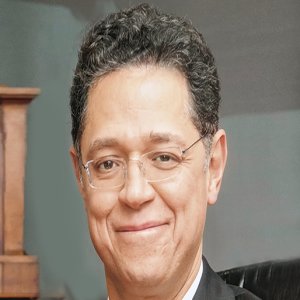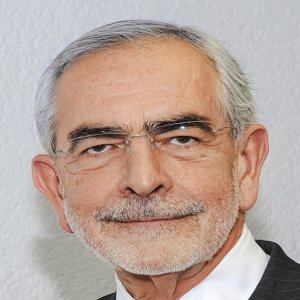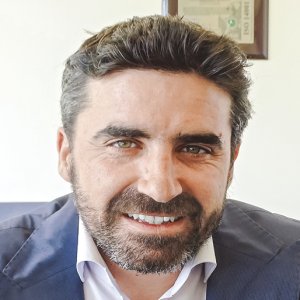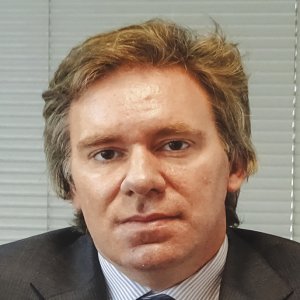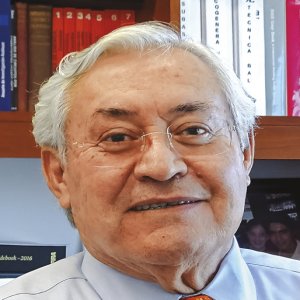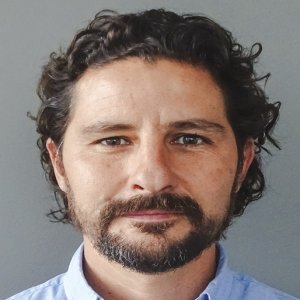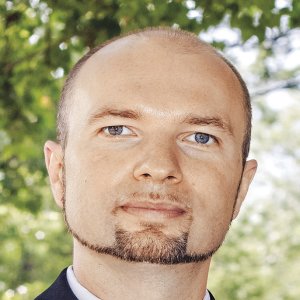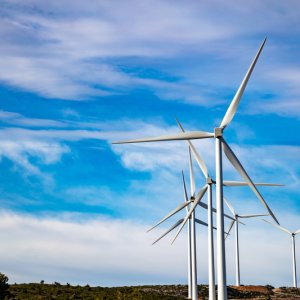Concrete Experience Solidifies Energy Development

STORY INLINE POST
Q: What drove you to bet on power production and what are the main pillars of CEMEX’s strategy in this sector?
A: Our production process is energy-intensive. For more than 20 years we have made strides toward improving our efficiency and lowering our power and fuel costs by using alternative sources. This pushed us to develop power plants for our own needs in the late 1990s, shortly after private power generation was originally allowed in Mexico. In fact, CEMEX is a pioneer in large-scale self-supply and in introducing renewables to Mexico by developing the 250MW Eurus wind farm in Oaxaca almost 10 years ago.
Even though CEMEX Energía began with the goal of obtaining lower and predictable costs for our own manufacturing processes, its scope was expanded to develop power plants for third parties. Our strategy is based on developing projects that combine first-rate resources, responsible risk management and strong sponsors, without dipping into CEMEX’s balance sheet.
Q: What are the challenges for companies like CEMEX Energía versus 100-percent energy companies?
A: Our group has a different origin than most of the other players in the energy sector so that presents both challenges and advantages. Being large consumers ourselves, we can better understand the point of view and the concerns of final users. We have acquired experience from operating in markets whose electric sectors have undergone similar reform processes, such as in Europe, Central and South America and the US. In Mexico specifically we can leverage our proven track record in project development, a wellrecognized name and a wealth of support from different areas across our entire organization.
We plan to work with selected partners that complement our skills and can facilitate obtaining long-term capital. An example of this is our joint-venture with Pattern Development to develop renewables in Mexico, whereby each of us leads specific areas and once the projects are shovel-ready we have a natural investor in PEGI, a Pattern affiliate. Our partners have to have specific qualities, like proven experience, access to long-term capital, a set of technical skills that complements ours, appetite and resources to grow in Mexico and a positive attitude to make the relationship fruitful. We found all of this in Pattern and together we have taken ideas from paper to very competitive advanced-stage projects.
Q: How can CEMEX’s energy division benefit from the company’s experience in the production of cement and concrete?
A: Land rights and community relationship management are two clear examples where we work together and learn from each other. We also receive valuable support from other corporate areas: finance, risk management, social responsibility, IT and logistics, to name a few. Another advantage as a producer is the management of self-supply projects as a critical part of our business model. Through this experience, we have learned the challenges of negotiating bankable PPAs, the benefits of a long-term strategy that reduces the impact of volatile markets and also how to adapt our commercial offerings to an evolving competitive landscape. We’ve also learned how to manage thousands of customer load points, which is a unique experience in Mexico.
Q: What makes wind power such an attractive investment for the company?
A: We have a history of developing wind assets in Mexico which we will continue but we are also developing solar projects. We see these two technologies as equally competitive and complementary, both for a single consumer and for the grid. Although wind has a higher inter-annual variability, it also has advantages such as producing power across all periods, especially during late afternoon hours in the northeast, which improves the prospects of capacity recognition over the long term. Any balanced supply portfolio should include both. Our model is to contract the output of the projects we develop. We will focus on bilateral contracts and power auctions, leaving a small exposure to the spot market, although we see a lot of potential in optimizing the positions between the day-ahead and real-time markets.
